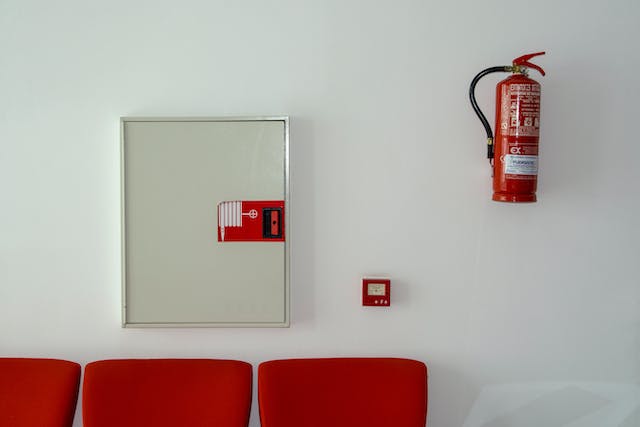In an era where workplace safety transcends the mere confines of physical boundaries, the importance of adopting a multifaceted approach cannot be overstated. The modern workplace is a complex ecosystem, demanding strategies that encompass not only physical but also digital security and ethical employment practices.
This comprehensive approach ensures not only the physical well-being of employees but also the integrity and security of the workplace itself.
Table of Contents
The Critical Role of Background Checks
At the forefront of creating a secure work environment is the implementation of thorough background checks. These checks serve as the first line of defense against potential risks by verifying the eligibility status of potential employees.
Understanding what constitutes eligible status in a background check is crucial. It typically includes verifying factors like the candidate’s criminal record and financial history, which helps in identifying any red flags.
Ensuring Physical Security in the Workplace
Physical security measures remain a cornerstone of workplace safety. This involves not just securing the premises against unauthorized access or potential threats but also ensuring that the work environment is safe from accidents and health hazards.
Regular safety drills, well-maintained emergency exits, fire safety equipment, and ergonomic office designs are essential. These measures help in creating a space where employees feel physically secure, boosting their productivity and morale.
Navigating the Digital Frontier of Security
In the digital age, cybersecurity has become integral to workplace safety. Protecting sensitive data and intellectual property from cyber threats requires robust security protocols.
This includes secure networks, regular updates of security software, and training employees in recognizing and responding to cyber threats.
The rise of remote working has further amplified the need for stringent digital security measures to ensure that the integrity of the workplace is maintained, regardless of location.
Promoting a Culture of Safety and Awareness
Beyond these tangible measures, fostering a culture of safety and awareness is critical. This involves regular training sessions on various aspects of workplace safety, encouraging open communication, and creating a supportive environment where employees can voice their concerns.
A workplace that prioritizes safety education empowers its employees to be proactive in maintaining a secure and healthy work environment.
Empowering Employees Through Mental Health Support
Acknowledging and addressing mental health in the workplace is an essential aspect of overall safety. Providing resources for mental health support, stress management, and fostering a work culture that values work-life balance contributes to employee well-being.
A mentally healthy workforce is more engaged, less prone to accidents, and contributes positively to a safer work environment.
Integrating Safety into Corporate Responsibility
Workplace safety is not just a regulatory requirement but a crucial aspect of corporate responsibility. Companies that prioritize safety demonstrate a commitment to their employees and their community.
This approach not only reduces the risk of accidents and legal liabilities but also enhances the organization’s reputation and employee satisfaction.
Safety as a Continuous Journey
The pursuit of workplace safety is an ongoing process, adapting to new challenges and evolving with technological advancements. It requires a holistic approach that combines physical security, digital vigilance, ethical employment practices, and a culture of safety and well-being.
By continuously refining and redefining safety strategies, organizations can create a safe and thriving workplace. This enduring commitment to safety is the hallmark of a responsible and forward-thinking organization.


